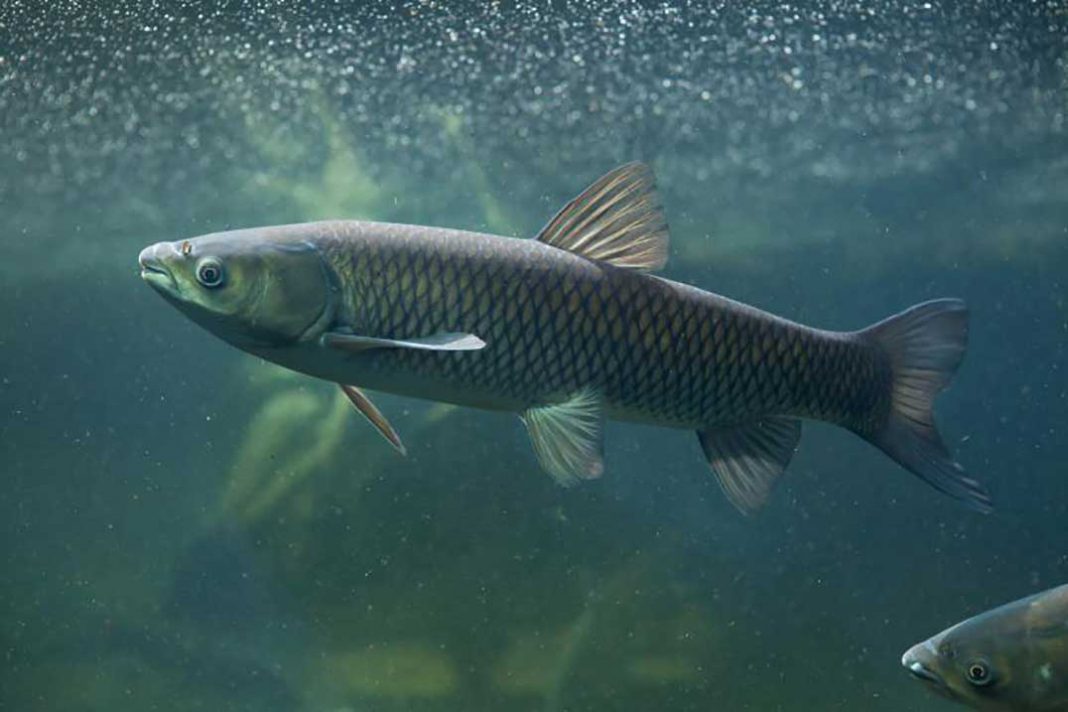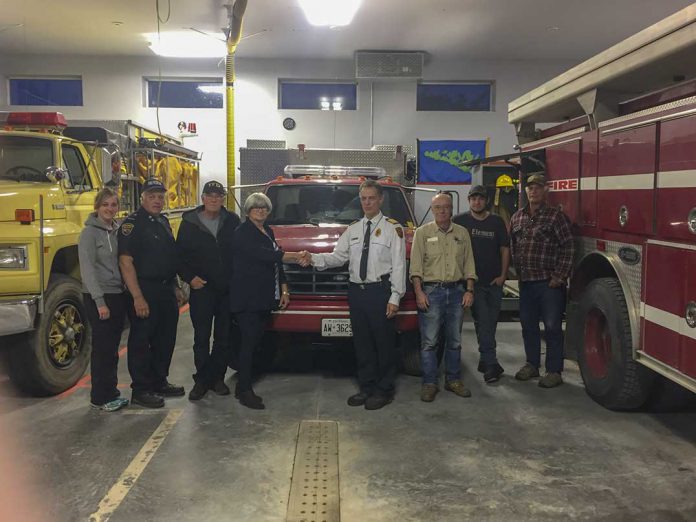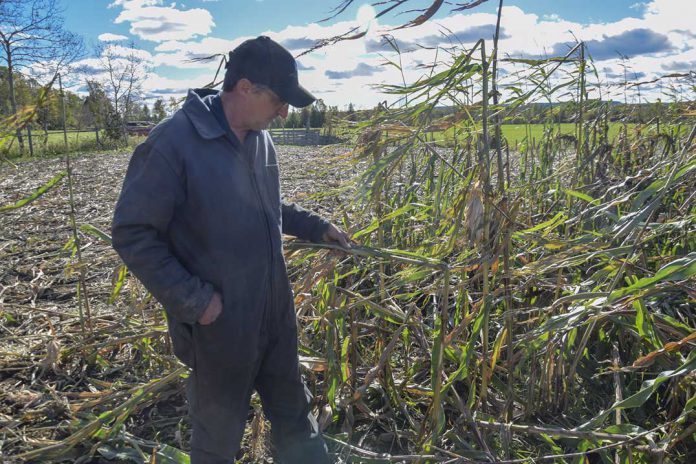The fourth and final part of a series on grass carp in the Great Lakes and their threat to Lake Huron
GREAT LAKES—Grass carp are moving closer to becoming established in the Great Lakes, with reproducing populations now existing in the Sandusky and Maumee rivers in Ohio. The presence of this fish will have a number of implications, each of which will affect the waterscape in the Great Lakes.
Voracious eaters
The most direct impact of grass carp is an environmental and ecological risk. According to a 2017 study, an average 15-year-old grass carp can eat between 60 and 200 kg of vegetation per year. That same study’s simulated models show invaded wetlands can lose over half their vegetation after just one year.
Wetlands are key to managing water quality by filtering out pollutants and providing opportunities for animal life to thrive. Wetlands are already under threat from invasive plant species, such as the phragmites infiltration on which The Expositor has previously reported—phragmites appears to be one of the few plant species that grass carp do not eagerly eat.
Wetland loss directly impacts fish populations, as wetlands provide numerous fish species with spawning grounds, food and cover from predators. As habitats are destroyed and available food becomes scarcer, populations of native species would begin to decline.
Economic challenges
The effects of grass carp cross into economic impacts, too. According to the Ontario Commercial Fisheries Association, Ontario is home to the largest freshwater fishery in North America.
Based on statistics from the same organization, Ontario’s commercial fisheries have netted a fish harvest worth $49.3 million in 2017. $43 million of that total comes from Lake Erie alone, the main lake in which grass carp are beginning to establish themselves.
The majority of the profits come from perch and walleye harvesting, both of which rely on wetlands as part of their life cycle. If their fish stocks decline due to habitat loss or other pressures, Canada’s freshwater fisheries stand to lose a great deal.
In 2018, Canadian commercial and recreational fishing, as well as wildlife viewing and lakefront use total more than $1.2 billion in economic activity. That number could reach nearly $30 billion in 20 years, according to a Fisheries and Oceans Canada (DFO) prediction. The Great Lakes fishery as a whole is worth over $7 billion per year and supports 75,000 jobs, according to the Great Lakes Fishery Commission (GLFC).
Parallel problems
Sea lampreys are another invasive species with which Great Lakes watershed managers have to contend. Lampreys had moved into Lake Ontario from their home in the Atlantic Ocean in the 1800s but the Welland Canal enabled them to spread throughout the Great Lakes beginning in the 1920s.
These invasive fish latch onto healthy fish and feed parasitically off their hosts. Sea lampreys had devastated fish populations before they had started to be managed — the GLFC states sea lampreys once killed 103 million pounds of fish per year.
Under the new controlled regime, that number is down to 10 million pounds of fish. It is certainly an improvement, but critics say despite the lamprey population and its impacts being reduced, the fish are still present in the system and continue to cause economic impacts.
DFO alone had spent $8.1 million on its sea lamprey program in 2016-2017. Other jurisdictions around the Great Lakes such as the U.S. Fish and Wildlife Service (USFWS) and state and provincial agencies are contributing their own costly efforts to manage the populations.
“Do we want another sea lamprey program, which costs $20-30 million a year to control them? That’s where we’re heading if we don’t act soon,” says Nick Mandrak, an associate professor of fish ecology at University of Toronto who has worked with DFO on its Asian carp program between 2004 and 2013.
If grass carp are allowed to establish in the Great Lakes, the estimated impact to fish populations and the loss of important wetland habitats around the basin will cause a major financial strain.
Moving forward
The Ohio Department of Natural Resources (DNR) is still working on its draft response strategy for grass carp, a plan it hopes to have in place soon. Starting in 2019, American agencies will be putting a stronger emphasis on eradication efforts based on outcomes from the structured decision-making process.
Seth Herbst from the Michigan DNR says his Ohio colleagues are currently exploring options such as a seasonal weir to passively catch fish moving upstream in the Sandusky River in high flow conditions. As detailed in the previous installment of this series, there were no measures in place when the Ballville Dam was removed this summer to prevent grass carp from moving upstream. The water on the Sandusky river is quite cloudy which makes electrofishing challenging, and any installed nets tend to get washed away when the river is experiencing a high flow event.
At the moment, grass carp have largely congregated in Lake Erie, with only a few individuals making the trip upstream into Lake Huron. Given the massive amounts of wetland habitats in Lake Huron such as around Georgian Bay and Manitoulin Island, grass carp would find abundant food supply here.
Mary Muter’s Georgian Bay Great Lakes Foundation will continue to work to “protect and enhance the environment of Georgian Bay as part of the Great Lakes’ ecology.”
DFO continues to monitor and sample Canadian waters to stop grass carp at the earliest possible moment.
“The fish aren’t going to wait for us. We have to use the tools we have available to use now. The longer we wait, the fish get a hold, there’s multiple generations and they start to spread. It becomes a lot more complicated and we have less chance for success,” she says. “We continue to encourage our American partners to establish an eradication program before they become established in the Great Lakes.”
From a research perspective, Mr. Mandrak encourages all parties to keep pushing forward in an attempt to eliminate the fish, rather than relying on a management program similar to the one being used for sea lamprey populations.
“We should never say, ‘well, they’re here and there are too many to do anything’,” says Mr. Mandrak. “It’s not too late and the risks are too high if we don’t do anything.”
For more information on the threat of Asian carp and what various agencies are doing to mitigate the risk, visit asiancarp.ca and asiancarp.us.





